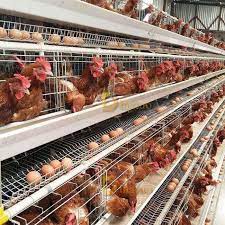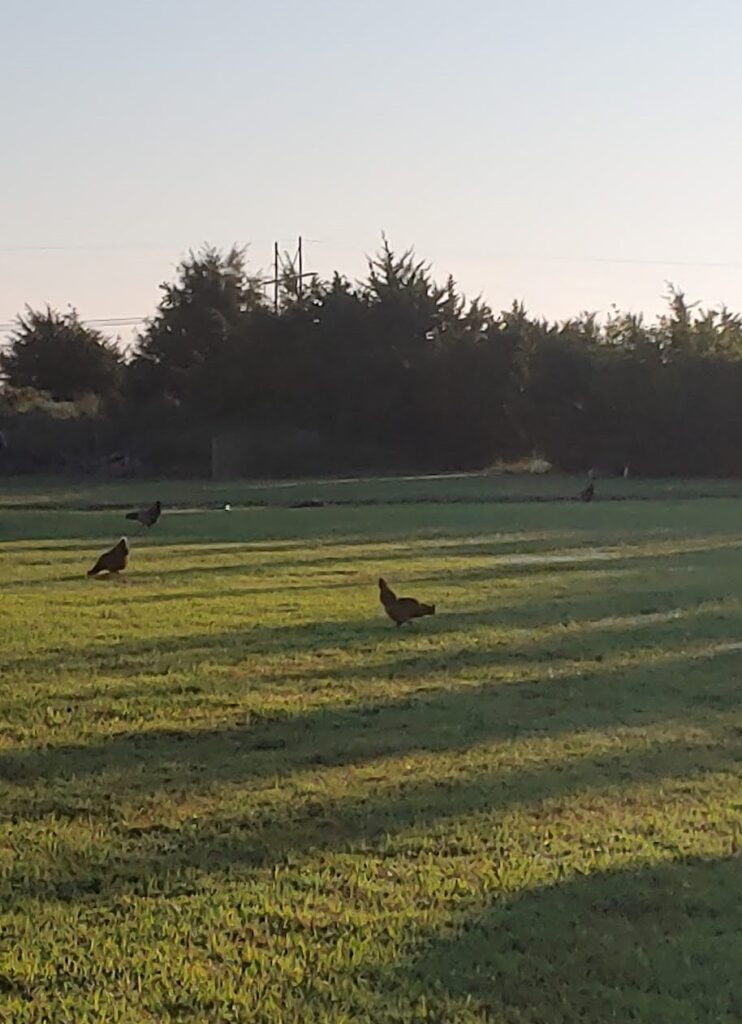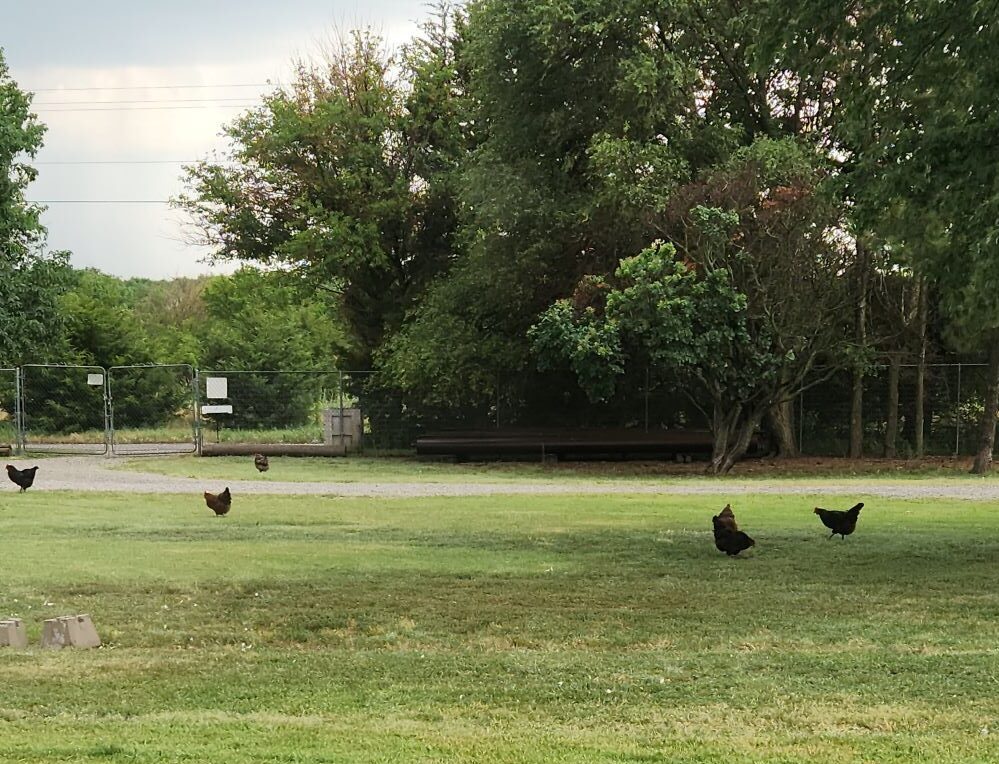We see cage free, free range, pasture raised & organic on egg cartons regularly. But do you really know what that means?
I mean, we get pictures in our mind based on the words themselves, but that picture may not match up to what these terms actually mean.
Does it surprise you to know the USDA doesn’t have definitions for cage free, free range or pasture raised? They only define organic.
But there are several organizations that have different definitions for each of these terms.
Cage Free
Here are two of the most well known organizations definitions for this “cage free” term.
The United Egg Producers Certified defines cage-free as hens who are able to roam vertically & horizontally in indoor barns & have at least 1 square foot of floor space. They may or may not have access to outside space
The American Humane Certified Program states that cage free hens must have a minimum of 1.25 square feet of space each, plus access to perches & nesting boxes.
Free Range
The main difference between Free range and cage free means in addition to the “extra space” they have access to an some form of outside area. There’s no uniform standard regarding how long they have the outside access or what the space looks like.
The American Humane Certified program states in addition to this, the outdoor space must be at least 21.8 square feet.
The Food Alliance Certified program defines this as birds that don’t live in cages, have access to natural daylight or a vegetation-covered outdoor area for at least 8 hours per day. And each bird must have at least 1.23 square foot floor space & be able to nest, perch & dust bathe.
The Certified Humane Program states that free-range hens must have at least 2 square feet of outdoor space that they can access for at least 6 hours per day.
Pasture Raised
This means that hens have regular access to large outdoor spaces covered in grass or other vegetation (considered the pasture). There are various definitions of this space.
Animal Welfare Approved which offers the highest level of animal welfare states at least 1.8 square feet of indoor floor space each; continuous access to a vegetation covered outdoor area to roam & forage; at least 4 square feet of outdoor space each and access to perching & nesting boxes.
American Humane Certified states a minimum of 108 sq. ft. of outdoor pasture that has a “substantial cover” of living vegetation. “Substantial cover” is not defined.
Certified Humane Program considered pasture raised as each bird having access to a living vegetation covered pasture for at least 6 hours per day. Each hen must have at least 108 square feet of pasture.
Organic
The term organic is the only one of these terms regulated by our government.
This term simply means the chickens are fed an organic vegetarian feed.
But chickens aren’t vegetarians. That’s not a natural diet for chickens.

Caged chickens
These eggs are the cheapest ones you’ll find in the store.
This is the most inhumane of all the categories. Birds are stuffed in wire cages, about a foot square, they have no access to sun or grass and are not allowed to walk around.
Their eggs are laid on the floor of their cage which roll into a trough where they are gathered.
These birds use very little calories so they eat very little feed, which accounts for how cheap the eggs are.
Chickens in confined spaces
I was shocked to learn all but one certification organization allows for beak clipping. This is probably to prohibit the chickens from picking on each other in small confined spaces or from pecking at the eggs they lay.
We know for a fact when chickens are confined in small spaces they’ll begin to pick on each other, even to the death.
In the dead of winter when we were having sub zero temps and there was snow on the ground our chickens refused to come out of the coop. They hate snow.
We found 2 dead chickens in 2 days that they had just picked to death. Chickens get bored easily and if they can’t get out and run, scratch and generally move around they will be mean to each other.
Manipulating the egg laying process
Chickens lay less in the winter when there is less sunlight. So, leaving the lights on changes the natural cycle of egg laying.
And usually just prior to the winter months chickens molt. They lose all their feather and then regrow them. During this process they stop laying eggs.
Some of these programs even allow starvation to force the molting process in order to manipulate that laying cycle.
And many people leave the lights on during the winter months for several hours before and after sunrise and sunset for the same reason.
We choose to let the birds run their natural course. We don’t leave lights on in the winter. Instead we choose to have enough birds to lay enough eggs to make sure we have what we need to fill our orders.
Farm fresh eggs
Studies show free-range eggs to have higher magnesium and beta-carotene levels.

And farm raised birds have a hands down happier life.
Our birds run across the yard chasing a bug or just flapping her wings regularly. They have access to 2 ½ acres of grass, flowers, weeds, bugs and worms.
They have the choice to go outside, stay inside, or run back and forth, take dirt baths (which is great for their skin) and generally just act like chickens, naturally. And they’re allowed to leave the coop when the sun comes up and we don’t shut the door until they have gone inside themselves at dark.
We lock them up at night to protect them from predators.
We supplement their foraging with fermented grains. This gives them healthy probiotics which is good for their gut health & immune systems just as fermented food is for ours.
So Now You Know
I was surprised at some of these definitions and to find there was no standard meanings for them.
My hope is if you aren’t buying farm fresh eggs, that you spend your money wisely.
Buying cheap eggs supports the companies that treat these animals in the most inhumane ways.
One of the best ways to object to this inhumane treatment is by not spending our money with those companies.
I understand trying to make money, and I don’t fault them for that. I do fault them, however, for putting a higher percentage of profit over the wellbeing of the animals from whom they are making their money.

